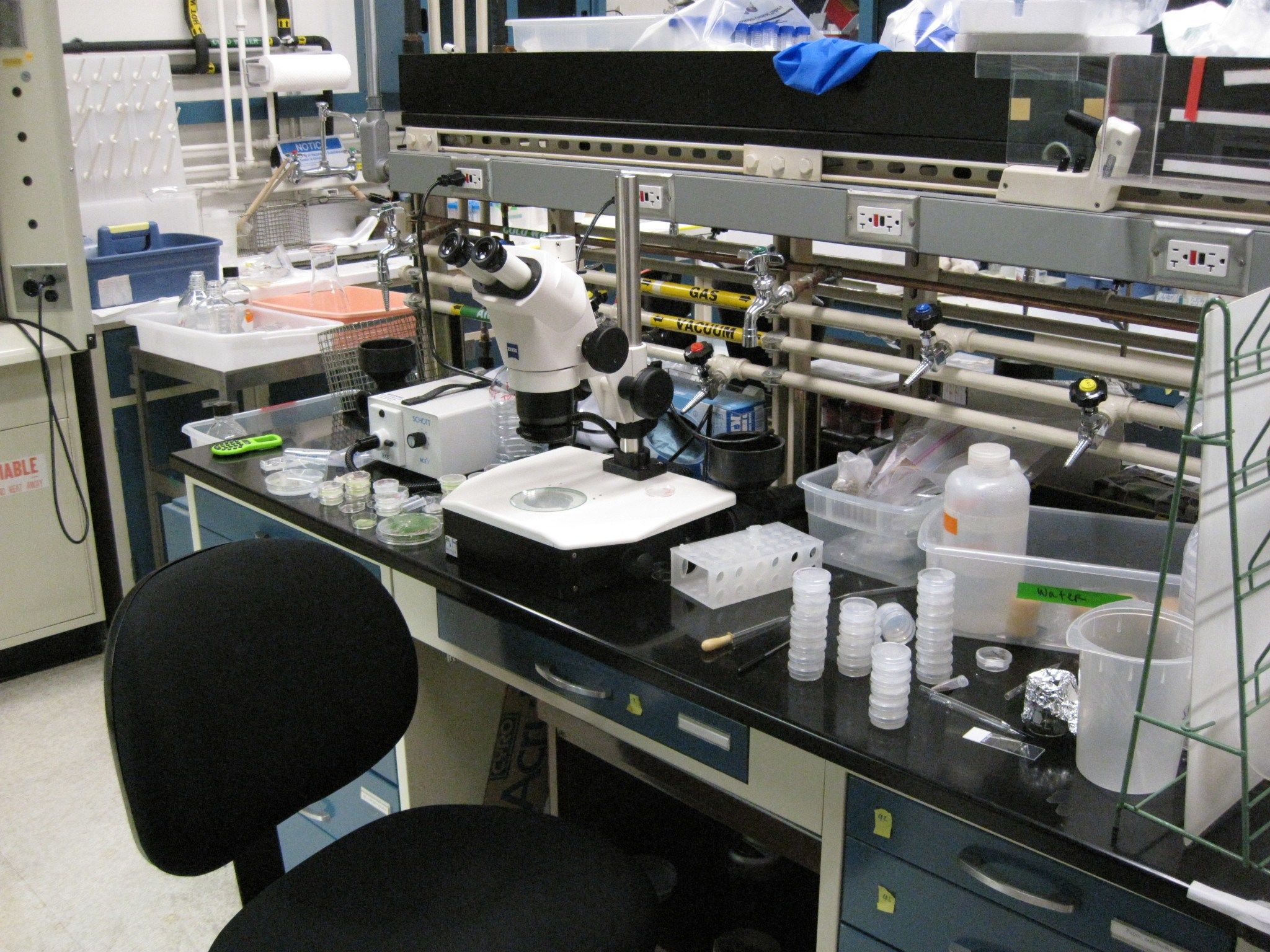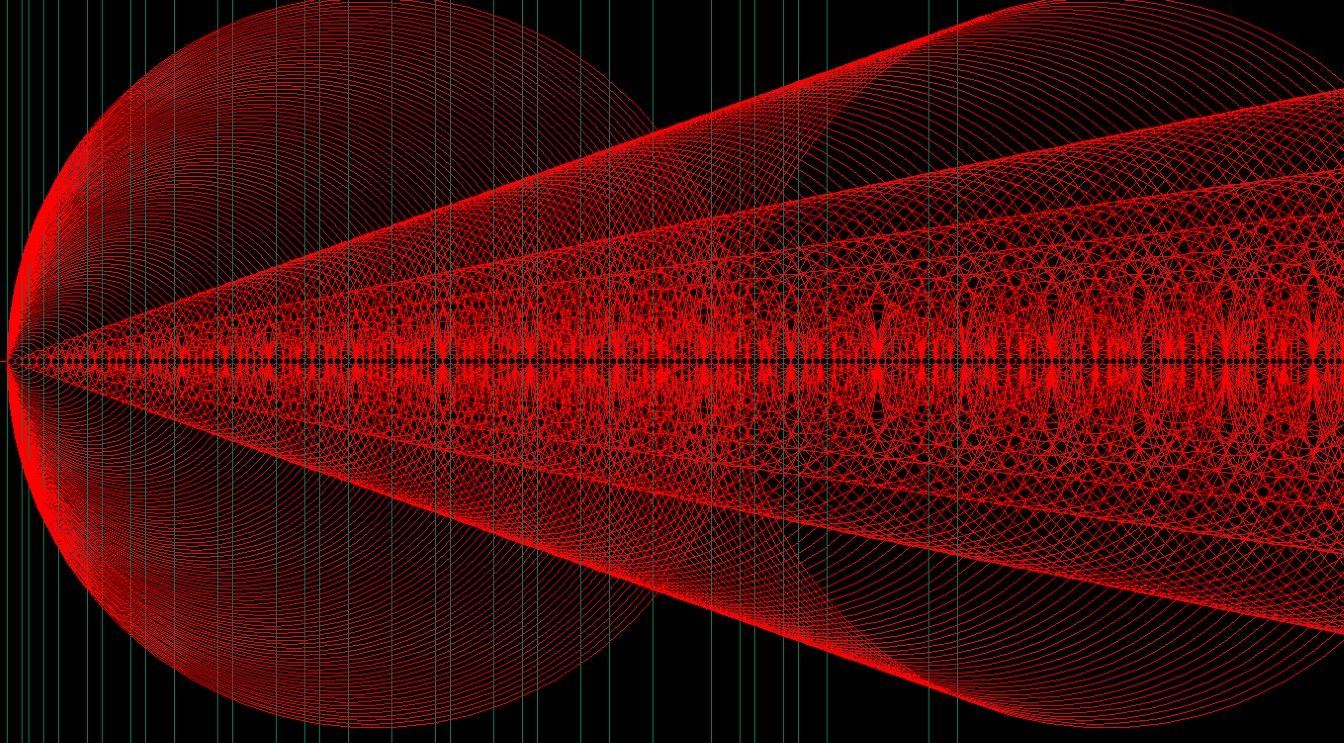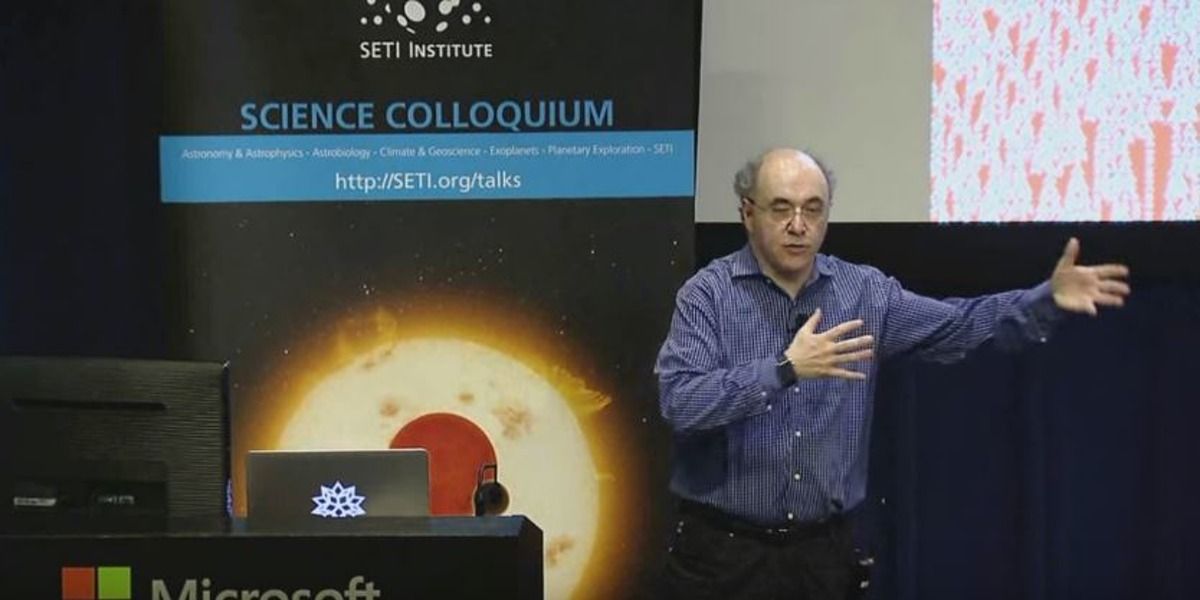https://youtube.com/watch?v=9grWo5ZofmA
A lot of transhumanism friends have asked me to write about Bernie Sanders, so here are my thoughts:
The transhumanism movement has been dramatically growing in size—and most of that growth is from millennials and youth joining. Transhumanists want to use science and technology to radically improve the human race, and the onslaught of new gear and gadgets to do that—like virtual reality, robots, and chip implants —are giving them plenty of ammunition to do that.
But what has caught many people off guard—including myself who probably best fits into the category: left-leaning Libertarian—is the amount of support transhumanists are giving to Bernie Sanders’s presidential campaign. Historically, transhumanism (and its de facto home: Silicon Valley) has been Libertarian-minded —with a hands-off attitude towards the government, religion, and basically any authority trying to tell them what to do or how to innovate. But with the demographics of the transhumanism movement sharply changing from older academics and technologists to young people—especially those in college—the push towards more leftist and progressive-leaning ideas is strong. For many young transhumanists, they believe they have found an ideal in Sanders.
While I like the charisma of Sanders and his long standing devotion to the people—and that is enough for me to say he’d be a good president for change—the reality is capitalism is still a hallmark of the American way. For the next four and maybe even eight years, capitalism won’t be going anywhere. Afterward, though, within 10–25 years, when robots, software, and AI really start dismantling capitalism as we know it (see my latest TechCrunch article and thoughts on a Universal Basic Income), it will be a totally different story.
Like it or not, millennials and youth obsess over this type of economy stuff—especially machines taking jobs. They know future employment statistics better than many 30-year veteran business executives running publicly traded companies. The dangerous truth is many young people know they likely won’t have jobs in the future. And neither will most of the executives for that matter, since they too can (and will) be replaced by super intelligent machines programmed to make sound mathematical business decisions.
Read more


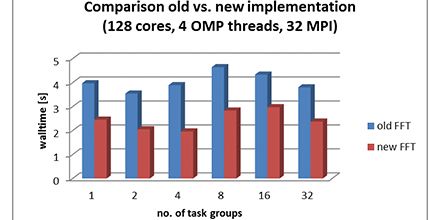
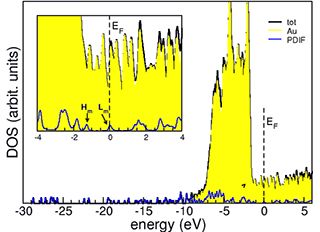 Electrical conductivity of a PDI-FCN2 molecule.
Electrical conductivity of a PDI-FCN2 molecule.
